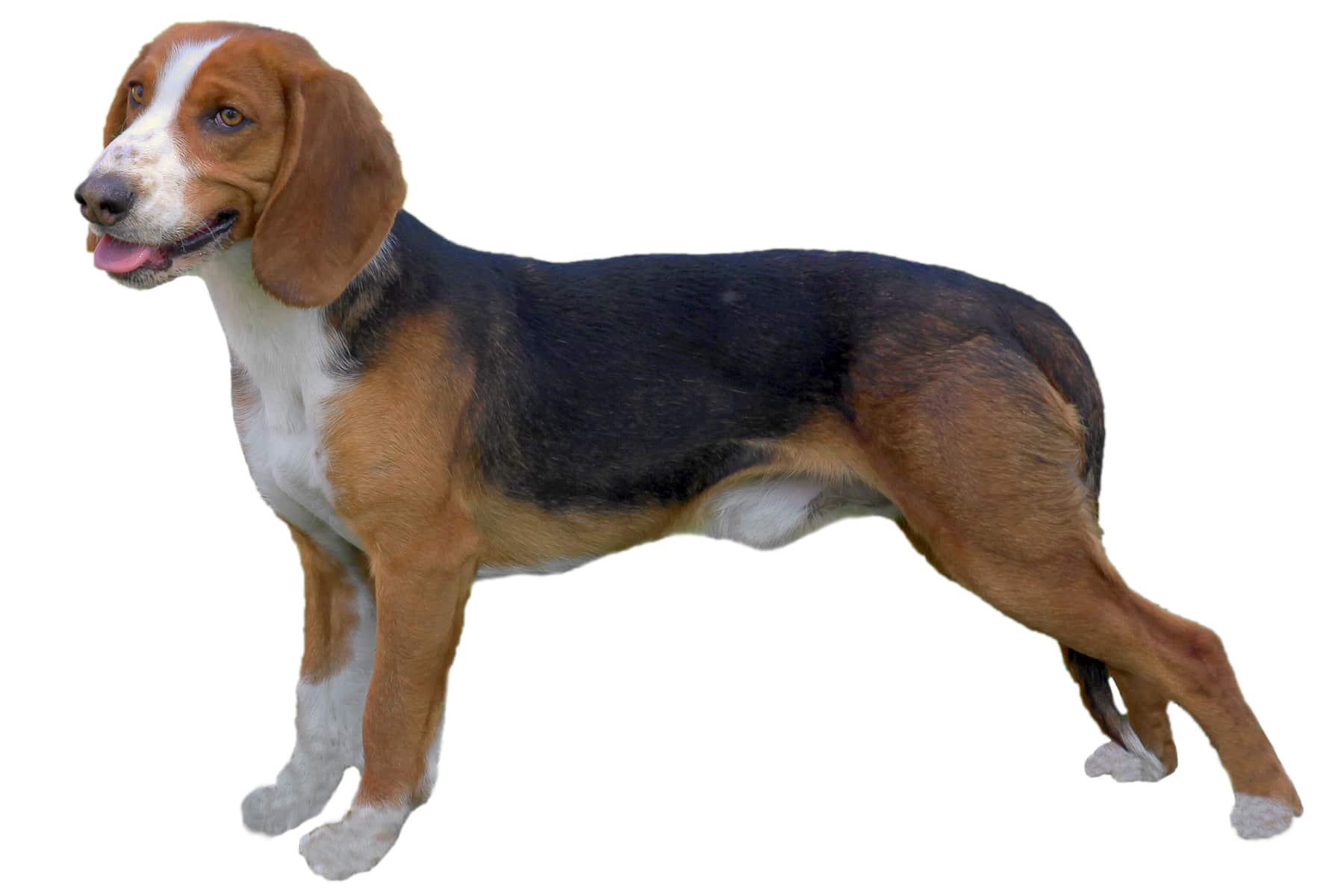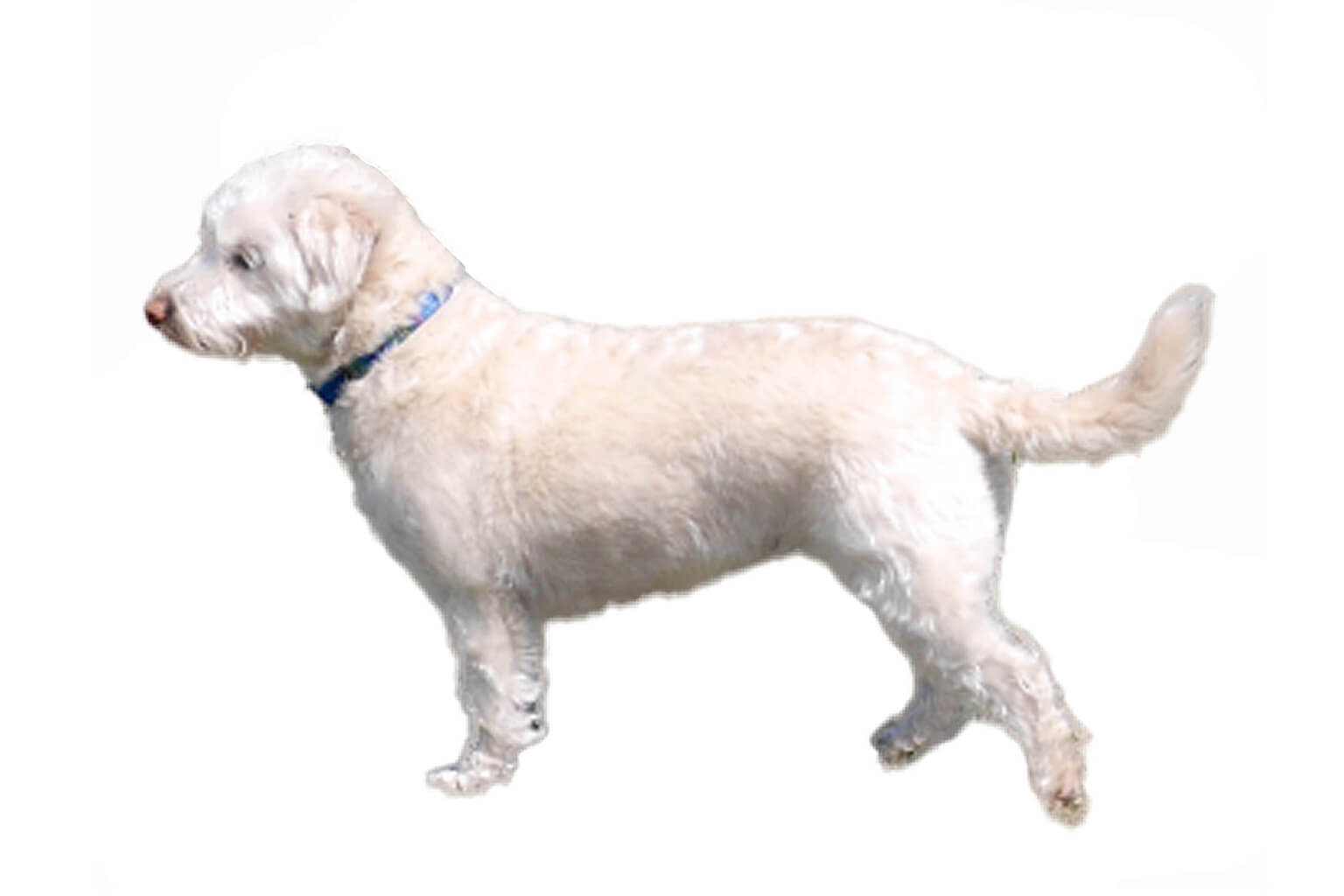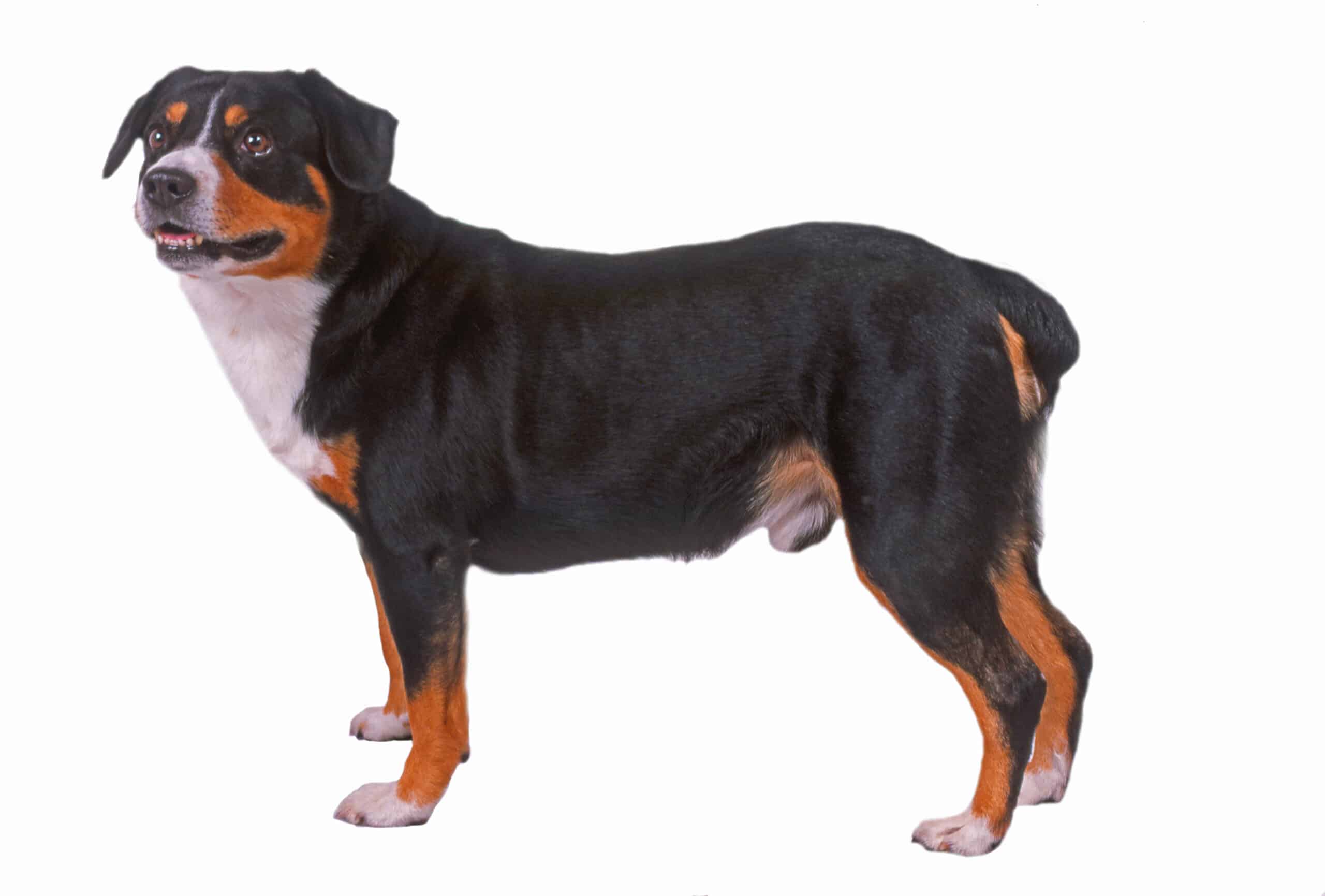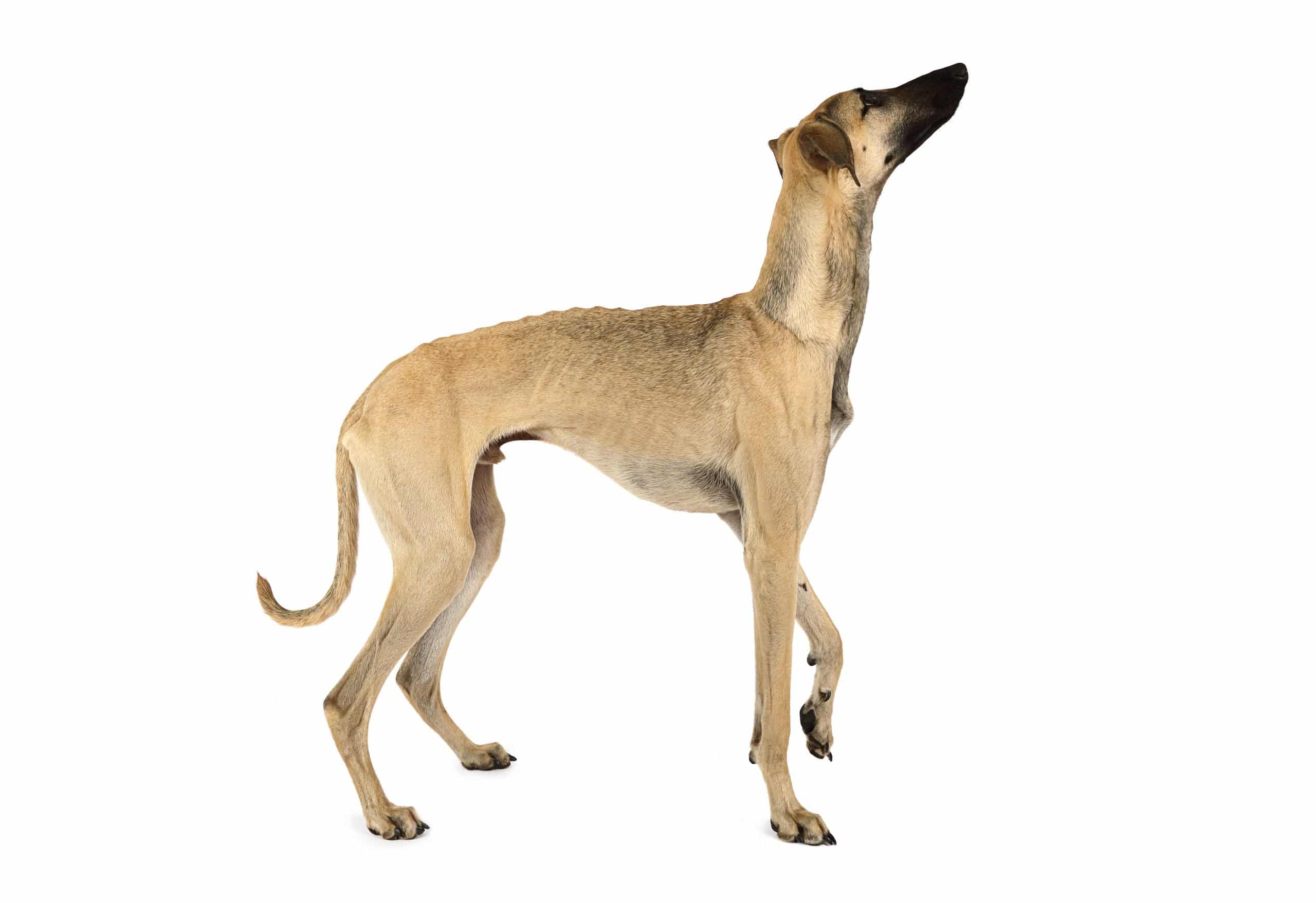Caucasian Shepherd Dog
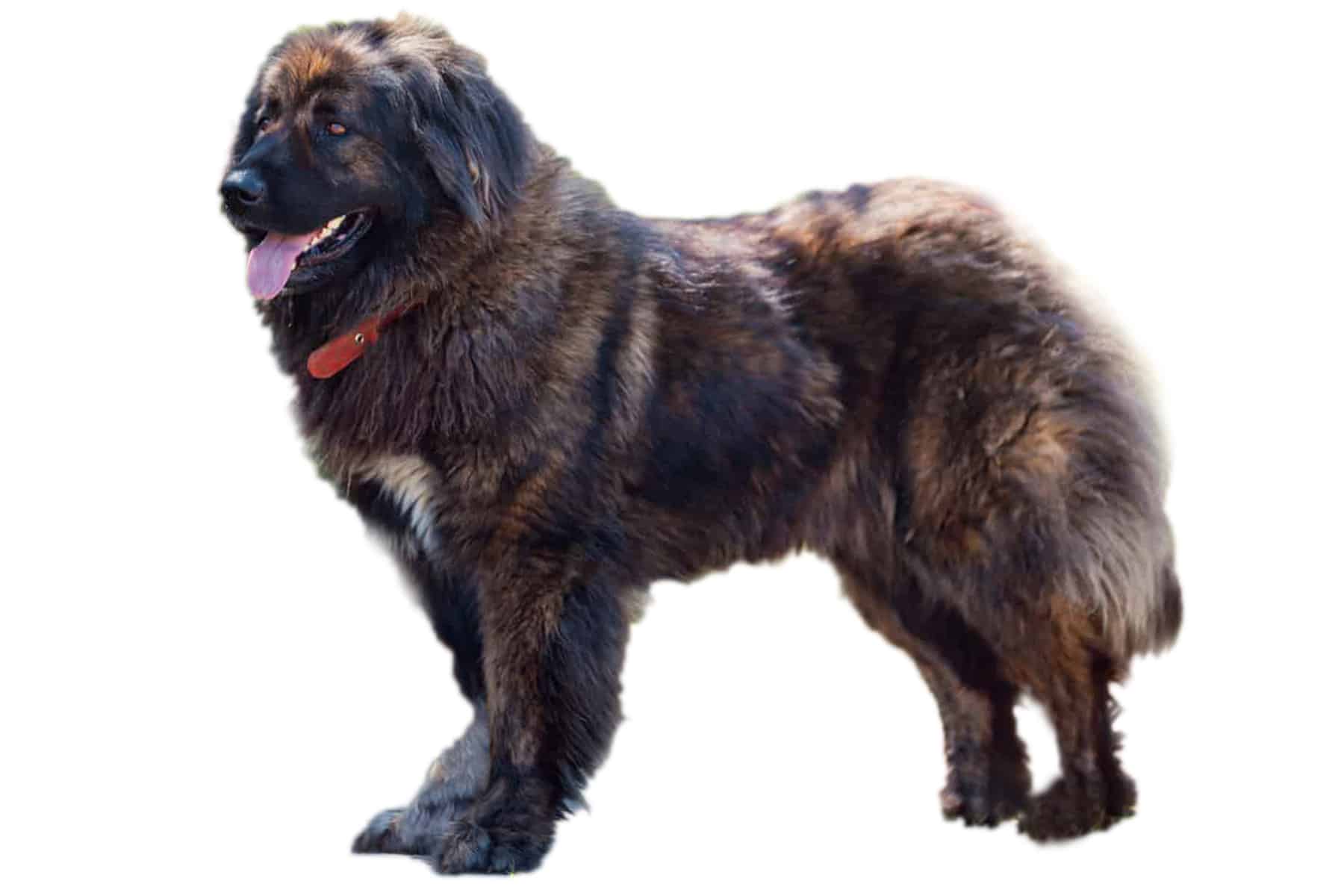
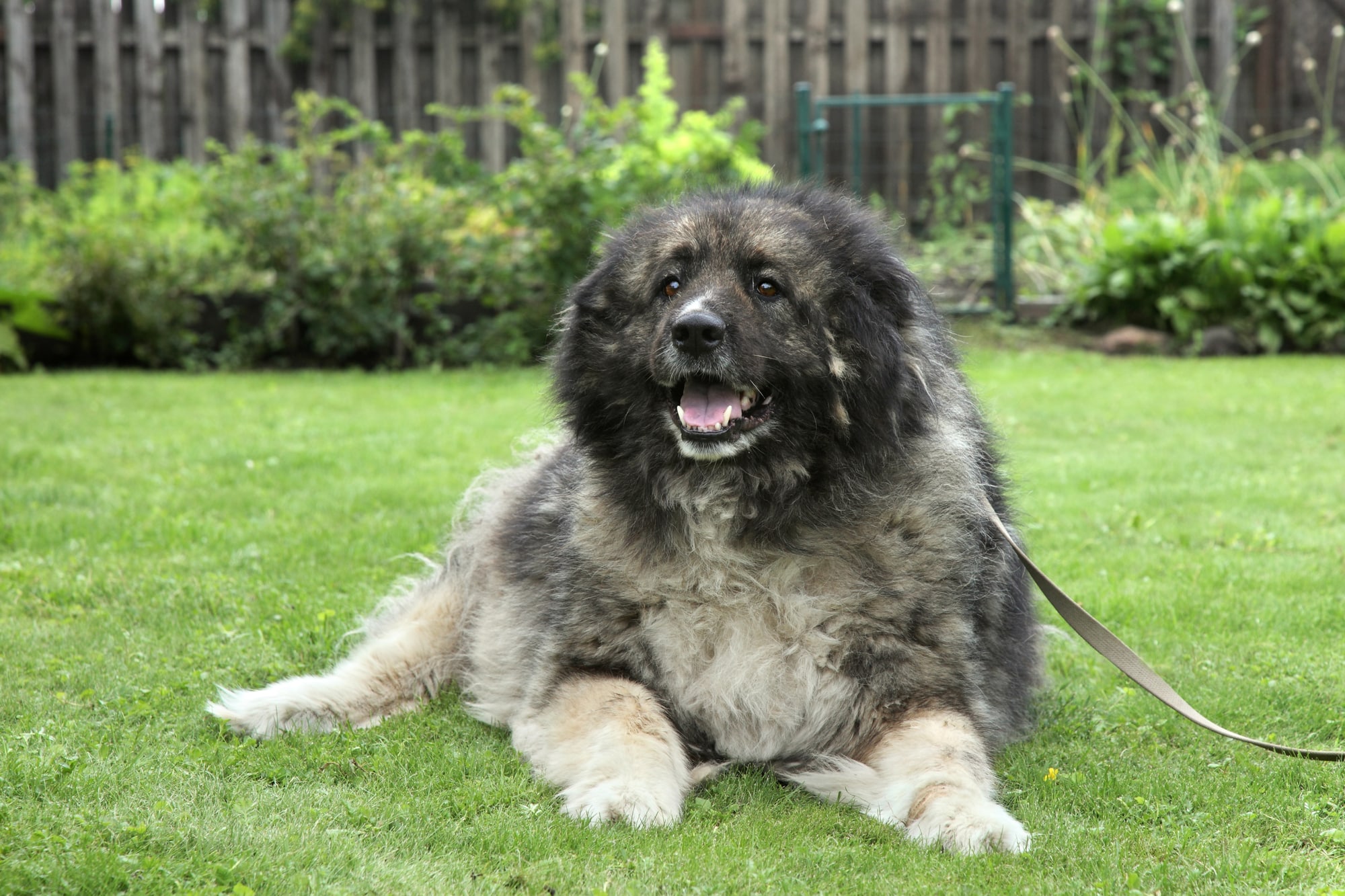
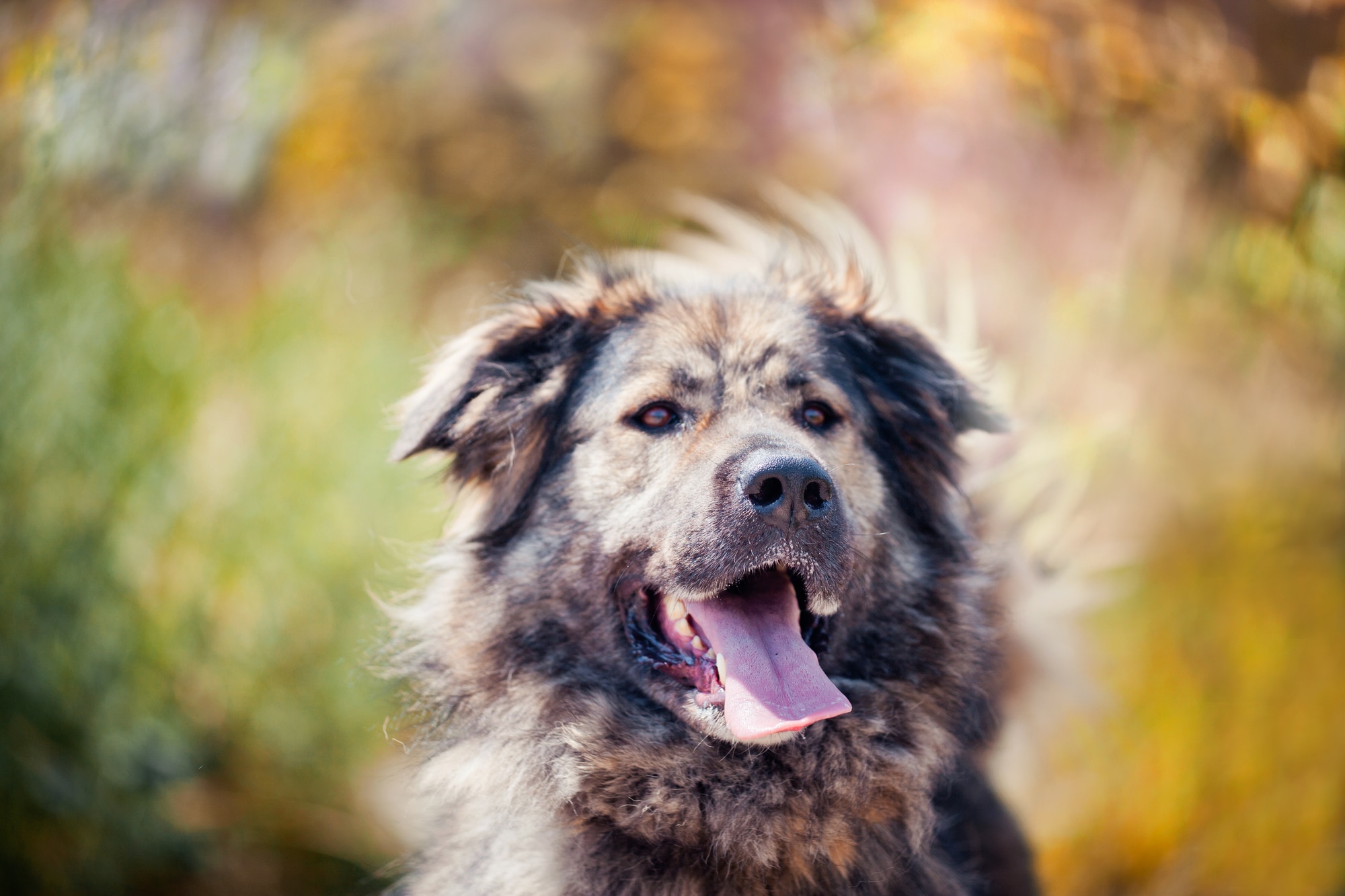
Temperament:
The Caucasian Shepherd Dog, also known as the Caucasian Ovcharka, is a very special Russian herding dog. It can reach an enormous size. In the past, they were bred to fight large predators. In the remote regions of Russia, they protect homes and livestock. The dogs themselves look a little like a cross between a bear and a wolf.
Characteristics
The official breed name is Caucasian Shepherd Dog or Kavkazskaïa Ovtcharka. They are widely used herding and guard dogs in Russia. The breed standard is still defined and controlled from Russia today.
Depending on the region and requirements, different forms of the Caucasian Shepherd Dog have developed. The lighter and more agile type is found in the vast steppes of Russia. In the mountainous regions, it is larger and stockier.
The Caucasian Shepherd Dog is an imposing dog that reaches an enormous size. The height at the withers starts at a minimum of 68 centimetres for males and 64 centimetres for females. Small bitches weigh from 45 kg, the average is an incredible 50 to 90 kg.
The breed has remained very original and places special demands on its owners.
It is not suitable as a pure family dog, leisure companion or for the home. His guarding and protective behavior is very pronounced. It reacts extremely sensitively to anything unusual and unfamiliar. If the dog has nothing to do, it quickly develops hypersensitivity. This also includes increased aggression towards harmless things, people and animals.
Unfortunately, it was fashionable for a while because of its imposing appearance. These animals were often kept in conditions that were very unfavorable for them. In certain circles, they were considered a status symbol and followed other dogs that had long been on the list.
The abusive keeping of the Caucasian Shepherd Dog led to it also ending up on the lists of dangerous dogs. In some German federal states and Swiss cantons, the keeping of these dogs requires a permit. In Denmark, the import, keeping and breeding of this breed is completely prohibited.
The purchase of such a special dog should be very carefully considered. Only those who own a really large property and preferably also have a whole livestock farm should keep a Caucasian Shepherd Dog. Unusually for a dog of this size, it can live to be a good 12 years old or more.
Anyone who can meet all these requirements for keeping this dog will find it to be a loyal and reliable herding dog. With appropriate exercise and safe training, these animals make wonderful family dogs. They always live close to people, but not just with them. A Caucasian Shepherd Dog will always have a mind of its own and claim its life as a guard and protection dog.
Coat care:
Shedding:
Energy level:
Trainability:
Children suitable:
The right food
It is clear that you cannot make such a dog happy with soft-boiled pâté. If you keep a Caucasian shepherd dog today, you can certainly feed it a bone diet.
This breed has remained very archaic. This means that they are still accustomed to a diet as they were hundreds of years ago. They were given the remains of slaughtered animals by the shepherds and what was left over from human meals, or they provided their own food.
The Caucasian Shepherd Dog is characterized by an unusually long life expectancy. This is due to the original husbandry and the special diet of these dogs.
Of course, you can also feed a Caucasian Shepherd Dog normal dog food and only give him raw food and bones from time to time. However, you should check whether this modern dog diet is good for the animal.
Dogs' digestion has adapted to food over generations. This means that most modern dog breeds can easily digest carbohydrates, even in large quantities. This can be different for an ancient breed such as the Caucasian Shepherd Dog.
Ultimately, it always depends on the dog. In any case, the diet should be balanced, tasty and promote the dog's health. You can usually tell very quickly whether this is the case by his behavior, his clear eyes and his shiny coat.
Health & Care
The amount of grooming required depends on the hair type and how the animal is kept. If the dog runs around outside, herding cattle and rolling in the mud, it will look accordingly. The question is whether he wants to be brushed or whether he wants to be kept indoors at all. It is quite possible that the Caucasian Shepherd prefers to lie on a raised area outside and leave the grooming to the wind and weather.
Anyone who owns one of these rarities and is concerned about caring for their natural friend can rest assured. The coat of the robust breeds is largely self-grooming. If the hair becomes greasy, dull and matted, this may be due to poor nutrition.
Even a robust Caucasian Shepherd should be checked regularly for small injuries or ticks. Dirt, small twigs or even a thorn can get stuck between the pads. A good sign is if your dog is cleaning or nibbling at a conspicuous spot. If he can't solve the problem himself, you can help him.
The Caucasian Shepherd Dog is a stubborn contemporary. Nevertheless, you should teach him in good time to let you touch him everywhere. Make this a pleasant game. The dog should feel happy when you come and lovingly look after it. This will make later visits to the vet easier.
And don't forget: you won't have much success with a dog like this by testing his strength.
Suitable accessories
The considerable size of the dogs makes it difficult to find conventional accessories. A Caucasian Shepherd is also not suitable for a smart walk on a lead. Of course, you should still have leashes. There are enough situations in which you will need them. The selection criteria are practical aspects and stability.
Of course, your dog should wear a secure and sturdy collar or harness. Both are rather rare in these sizes. You are most likely to find them in accessories for St. Bernards and other Molossers.
You also have to look in the XXL department for dog beds. Accessories or even custom-made products for such a large dog can be quite expensive. If you have a Caucasian Shepherd who prefers to be outside, you will need a dog house. A shelter or a small garden shed where the dog can find protection is also possible.
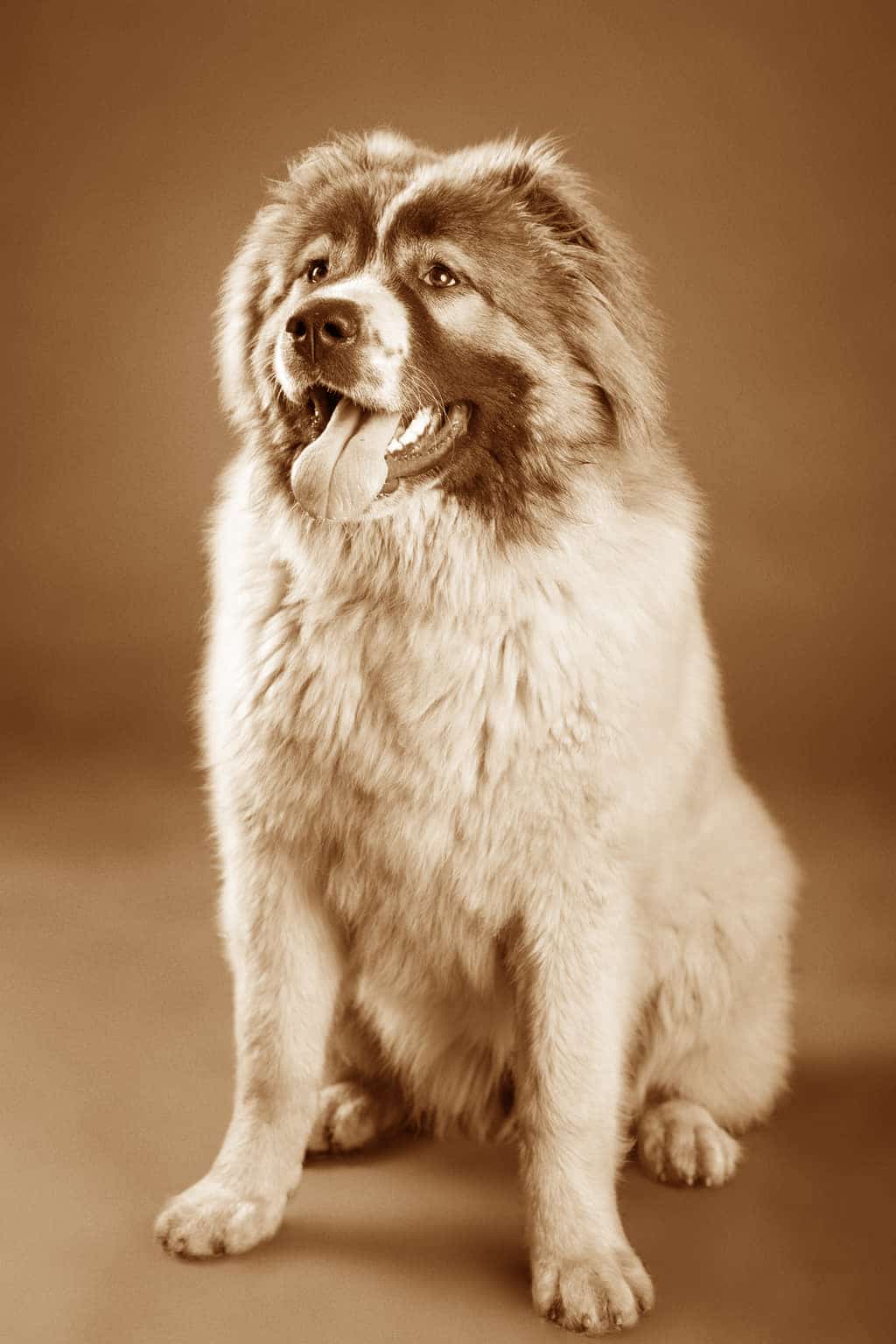
Origin & History
The Caucasian Shepherd Dog is a very old shepherd dog breed. Its existence has been documented for 600 years. The actual age of the breed is estimated to be around 10,000 years. As this breed was at home in the lonely expanses of Russia for a long time, it has remained very original and pure.
The task of the huge shepherd dogs was to guard the cattle and the farm. The harsh expanses of the Caucasus had to produce a robust, strong and large dog. Bears and other large predators are not uncommon in this region.
As the name suggests, the area of distribution was the Caucasus and all neighboring areas. The Caucasian Shepherd Dog is also found in Armenia, Azerbaijan and Dagestan. Basically, these animals were and are spread over the entire territory of the former USSR, except in the far north, in the Arctic Circle.
In the West, the first appeared in the former GDR. There they were kept in military service or guarded the large estates of the collective farms.
In 1977, the first Caucasian Shepherd Dog was presented at a pedigree dog show in Cologne.
A breed standard was established in August 1984 and officially recognized by the FCI. In Germany, there has been an association called the "Kaukasischer Owtscharka Club" as a subdivision of the VDH since 1981. Official breeding produces only 10 to 40 puppies per year.
